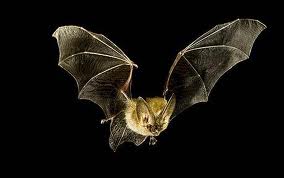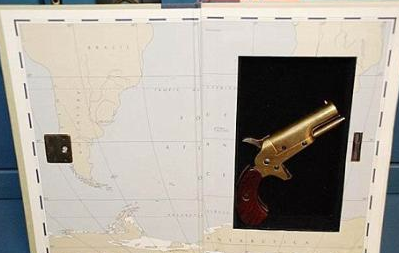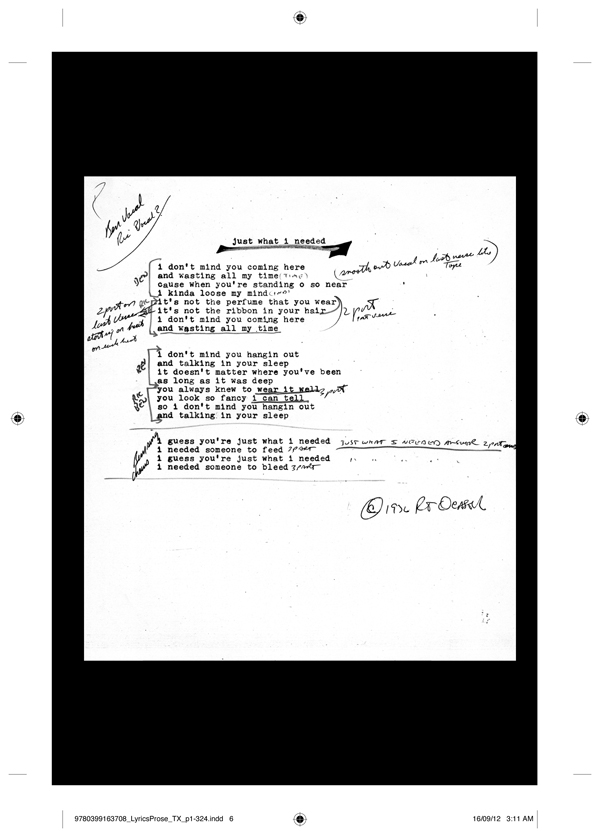Billions of miles from Earth,video sex teen dog at the edge of interstellar space, a long-dormant part of a far-flung spacecraft came to life this week.
After 37 years of disuse, a set of thrusters aboard Voyager 1 activated on Wednesday, firing up humanity's farthest-flung spacecraft and hopefully giving it a longer life than it had before.
SEE ALSO: Now you can own NASA's Golden Record on vinyl"With these thrusters that are still functional after 37 years without use, we will be able to extend the life of the Voyager 1 spacecraft by two to three years," Suzanne Dodd, project manager for Voyager, said in a statement.
This additional life is important for mission controllers working with Voyager because the more data they can pull from this spacecraft, the better. As humanity's farthest probe, every piece of information beamed back to Earth is new and groundbreaking, therefore scientists are hungry for more.
In 2014, mission managers started noticing that some of Voyager 1's still in service thrusters -- called attitude control thrusters -- weren't working in top form, NASA said.
Via GiphySo the Voyager 1 engineers came up with a new plan.
Instead of continuing to use the attitude control thrusters, they wanted to try to turn on the spacecraft's trajectory correction maneuver thrusters, which hadn't been used for nearly 40 years.
And mission controllers were pleasantly surprised by the results. According to NASA, the re-awakened thrusters were just as effective as the attitude control thrusters.
"The Voyager team got more excited each time with each milestone in the thruster test. The mood was one of relief, joy and incredulity after witnessing these well-rested thrusters pick up the baton as if no time had passed at all," Todd Barber, a propulsion engineer, said in the statement.
It took a while for scientists on Earth to actually figure out that the thruster test was successful.
Because of Voyager 1's extreme distance from Earth, it takes over 19 hours for a message to fly one way to or from Voyager 1.
The trajectory correction maneuver thrusters were originally used to point the spacecraft toward the moons and planets it was flying past during its journey past the major planets of the solar system after its launch in 1977.
Mission controllers are now planning to do the same test on Voyager 2, Voyager 1's twin spacecraft that's moving toward interstellar space now.
(Editor: {typename type="name"/})
 Urban Renewal: An Interview with Adrian Tomine by Peter Terzian
Urban Renewal: An Interview with Adrian Tomine by Peter Terzian
 The Paris Review App by The Paris Review
The Paris Review App by The Paris Review
 Eric Trump confuses COVID treatment with a vaccine during meltdown on ABC
Eric Trump confuses COVID treatment with a vaccine during meltdown on ABC
 Best robot vacuum deal: Save $200 on Eufy X10 Pro Omni robot vacuum
Best robot vacuum deal: Save $200 on Eufy X10 Pro Omni robot vacuum
Elon Musk makes request to Reddit CEO to take down posts he didn't like
 Elon Musk is no fan of content moderation. When Musk acquired Twitter back in 2022, one of the drivi
...[Details]
Elon Musk is no fan of content moderation. When Musk acquired Twitter back in 2022, one of the drivi
...[Details]
Letter from a Haunted House: Part 2 by Amie Barrodale
 Letter from a Haunted House: Part 2By Amie BarrodaleOctober 23, 2012First PersonThe story so far…Usu
...[Details]
Letter from a Haunted House: Part 2By Amie BarrodaleOctober 23, 2012First PersonThe story so far…Usu
...[Details]
Prankster owns Alex Jones with ridiculous pitch for Infowars mascot
 In a grift for the ages, comedian and former ClickHole writer Cole Hersch managed to appear on InfoW
...[Details]
In a grift for the ages, comedian and former ClickHole writer Cole Hersch managed to appear on InfoW
...[Details]
 As Pride Month kicks off, TikTok has joined in the celebration of LGBTQ identities, history, and com
...[Details]
As Pride Month kicks off, TikTok has joined in the celebration of LGBTQ identities, history, and com
...[Details]
A Typical Wall Street Republican
 Interviews for Resistance
...[Details]
Interviews for Resistance
...[Details]
Twitter will now put Community Notes 'fact checks' on images
 With AI images now going viral across Twitter, the social media platform has decided to update its c
...[Details]
With AI images now going viral across Twitter, the social media platform has decided to update its c
...[Details]
Gun Found in Donated Book, and Other Book News by Sadie Stein
 Gun Found in Donated Book, and Other Book NewsBy Sadie SteinOctober 30, 2012On the ShelfWhen Indiana
...[Details]
Gun Found in Donated Book, and Other Book NewsBy Sadie SteinOctober 30, 2012On the ShelfWhen Indiana
...[Details]
In Search of Lost Time by Anna Wiener
 In Search of Lost TimeBy Anna WienerOctober 15, 2012First PersonIt is, all told, a strange summer. D
...[Details]
In Search of Lost TimeBy Anna WienerOctober 15, 2012First PersonIt is, all told, a strange summer. D
...[Details]
Trump's DEI keyword crusade hits the country's defense archives
 The Defense Department has marked thousands of pieces of archival material and posts for deletion, c
...[Details]
The Defense Department has marked thousands of pieces of archival material and posts for deletion, c
...[Details]
As Long As It Was Deep by The Paris Review
 As Long As It Was DeepBy The Paris ReviewOctober 18, 2012Arts & CultureCopyright 2012 Ric Ocasek
...[Details]
As Long As It Was DeepBy The Paris ReviewOctober 18, 2012Arts & CultureCopyright 2012 Ric Ocasek
...[Details]
Watch how an old Venus spacecraft tumbled before crashing to Earth

In Which Richard Burton Discusses Poetry by Sadie Stein

接受PR>=1、BR>=1,流量相当,内容相关类链接。